Promissum and Other Conodonts
05.09.2023 12:10
3494 views
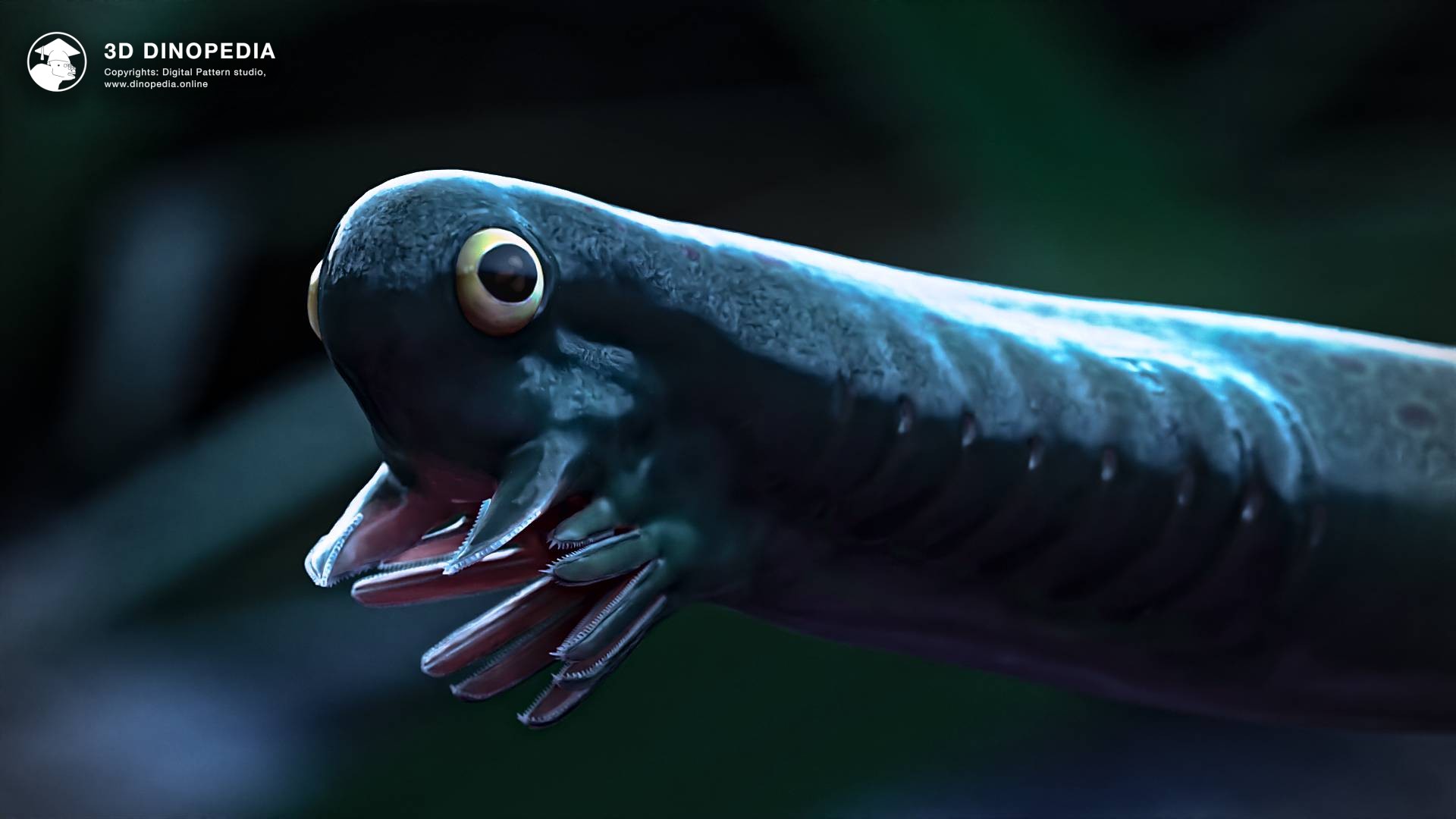
What brings a paleontologist and a detective closer together? At first glance, the question seems absurd, but it is not without logic. Though a scientist who specializes in ancient animals and a detective specializing in criminal investigation may seem worlds apart, they often face similar challenges. Both aim to reconstruct an event based on fragmented pieces of evidence or "circumstantial clues," to understand what it all looked like "in the beginning."
The work of a paleontologist is filled with "detective stories." Their job is to trace the evolution of particular animals, understand their "family relationships," determine the reason for the appearance and purpose of specific characteristics, and solve the mystery of extinctions. Sometimes paleontologists face tasks worthy of Sherlock Holmes, not just to understand what happened, but to figure out... who they're even looking at! Animals that paleontologists cannot identify, for which they can't even approximately find a place on the "tree of life," are usually referred to as "problematica." Sometimes new "mysterious" animals are discovered, some "problematica" have remained unresolved for decades, but there are also happy stories where the true nature of an ancient organism is uncovered. This happened, for example, with conodonts.
The story of humanity's acquaintance with conodonts (Conodonta) began in the first half of the 19th century. In the 1830s, Russian paleontologist Christian Heinrich Pander discovered microscopic fossils in ancient Paleozoic rocks that remotely resembled fish teeth. However, it immediately became clear that these were something special, their complex and diverse forms being a dead giveaway. These fossils usually did not exceed 2 mm (0.08 inches) in length and were often less than 1 mm (0.04 inches). However, larger elements were later found, with lengths up to 1 cm, for example, in Promissum. Pander named them "conodonts," which translates from Greek as "cone-shaped teeth." He identified more than fifty different types of conodonts, differing in shape and the number of denticles. Some of them resembled spikes, others looked like combs, and still others resembled tiny leaves.
Later it was possible to establish a fairly wide distribution of such formations. Considering their microscopic size, they could only be seen with the help of magnifying instruments (binoculars or microscopes). But as soon as you looked at one or another rock, conodonts were regularly found! The main thing was that this rock had a marine origin. Gradually, they began to be widely used by geologists. It turned out that different conodonts are found in layers of different ages. This allowed the creation of a stratigraphic scale, i.e., a scale of Earth's layers, for a specific territory. Also, using these tiny teeth, one could compare the sequence of geological layers over a wide area and trace a layer of a specific age in space. Thus, conodonts became an important tool for a special science that separates geological layers using the remains of fossil animals—biostratigraphy. Moreover, it turned out that conodonts can even assist in the search for the most valuable fossil fuel—'black gold,' or in other words, oil. The fact is that these tiny 'teeth' are made up of a very curious substance—hydroxyapatite. This mineral is capable of changing color depending on the temperature it is exposed to. Accordingly, conodonts, as natural thermometers, reflect the temperature of the surrounding rock. As they go deeper into the Earth's core, the temperature increases. It's important to note that oil can only form at a strictly defined temperature—between 70 and 150°C (160-300°F). Accordingly, geologists have learned to determine the temperature of rock formation by the color of conodonts and make a decision: whether it makes sense to search for oil in these rocks or not.
However, despite the wide practical application of these 'tiny teeth,' for a whole 150 years, paleontologists could not understand what organisms formed these elements! There were various hypotheses—that these are teeth of extinct fish, spines inside sponges, elements of the 'tooth system' of mollusks known as radula, or even skin-covering spines of unknown animals. Sometimes similarities were noted between conodonts and other tooth-like elements—scolecodonts, the nature of which was known. Scolecodonts help worms capture prey.
The key to the puzzle was found in 1983. A body imprint of a mysterious worm-like creature was described from the collection of the Institute of Geological Sciences in Edinburgh (Scotland). It had been found a year earlier in sandstones from the Carboniferous period (around 350 million years ago) in the vicinity of Edinburgh. This creature strongly resembled a modern lamprey, but most importantly, researchers found a whole set of diverse conodonts in its head, forming a complex structure called the "conodont apparatus." It became clear that conodonts were indeed teeth, but not of fish or mollusks, as previously assumed, but of very unusual primitive vertebrates. Thus, conodonts turned out to be distant relatives of fish. These animals were classified into a separate class—Conodonta. It should be noted that there is still no unified agreement on what exactly should be called a "conodont"—the animal itself or the "tooth." There are two traditions. Either the word "conodont" is reserved for the tooth, and the organism is called a "conodont-bearer" (conodontophorata), or the teeth are called "conodont elements," and the organism is simply called "conodonts." To avoid confusion, the encyclopedia "3D Dinopedia" adheres to the second option, simply calling the animals "conodonts."
So, conodonts had elongated bodies with small tail fins and large eyes on the sides of their heads, making them similar to lampreys or arrow worms (Chaetognatha). The conodont apparatus was located in the oral cavity and was surrounded by powerful muscles. Generally, conodont-bearers were small in size, rarely exceeding 10 cm, although the largest could reach 40 cm. Many paleontologists believe that they were predators, and possibly some of them were venomous, as grooves have been found on some conodont elements that resemble grooves for injecting venom in the teeth of modern venomous fish and reptiles. It's worth noting that modern arrow worms, which are externally and ecologically (convergently) similar to conodonts, are venomous.
The oldest known conodonts come from the Cambrian period, about 525 million years old. This allows us to conclude that the non-skeletal conodont-bearers were the first chordates to possess tooth-like structures. It is probably incorrect to consider conodont elements as fully-fledged teeth since they, based on their structure, formed similarly to the "teeth" of lampreys, i.e., in the upper layers of the skin. True teeth form deep within the jaws. Rather, they can be considered a unique type of scale forming in the mouth for the purpose of capturing food.
Conodonts inhabited the seas for 325 million years, from the early Cambrian to the end of the Triassic period. They even managed to survive the greatest Permian-Triassic extinction event 252 million years ago, although their numbers were severely reduced during this time. Ultimately, they did not survive the next great extinction and finally disappeared at the boundary between the Triassic and Jurassic periods, around 202 million years ago.
Some species of conodonts have their own quite fascinating history of discovery and study. Perhaps the most impressive among them is the story of the species Promissum pulchrum, which translates as "beautiful promise." What this story is, who promised what to whom, will be revealed in the "3D Dinopedia" app. This unique information is hidden under the "History of Discovery" tab in the Promissum conodont card.
Discussions
Periods:
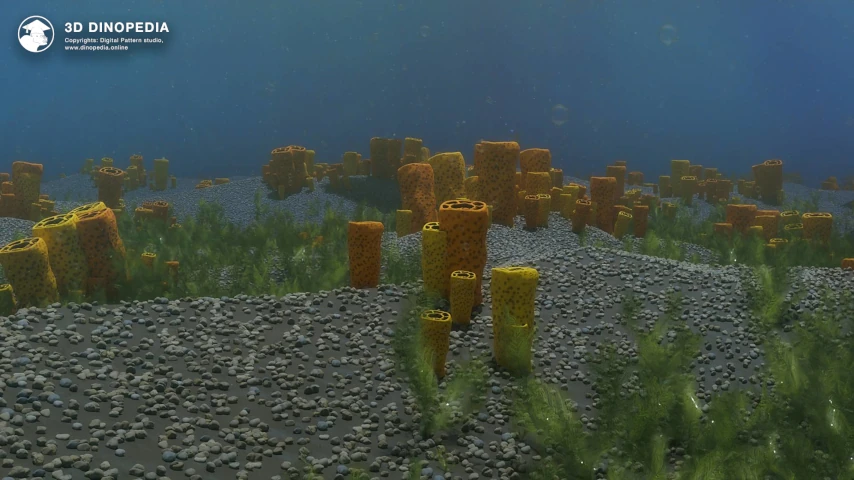
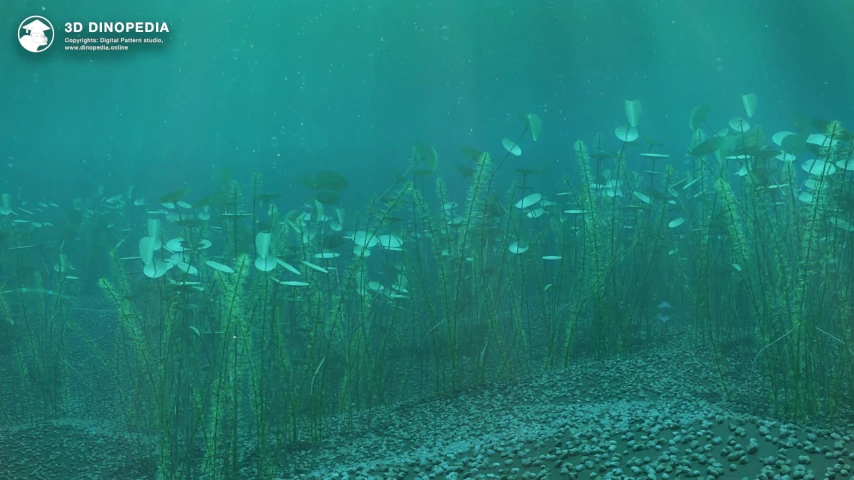
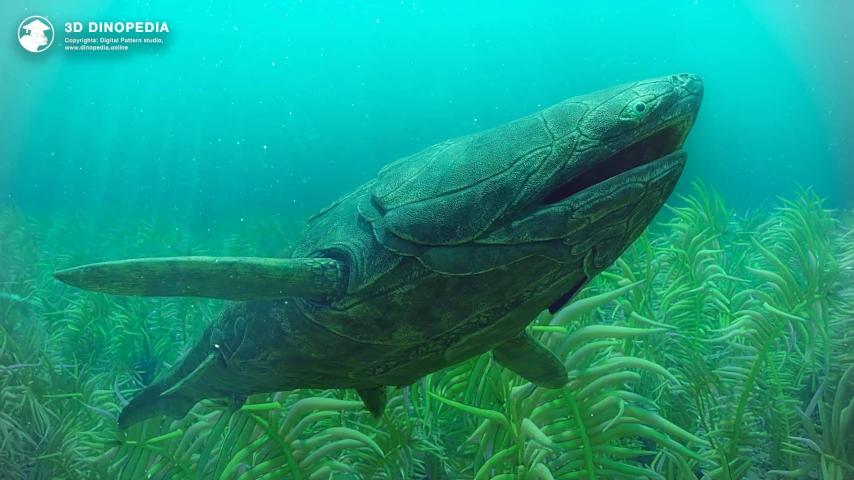

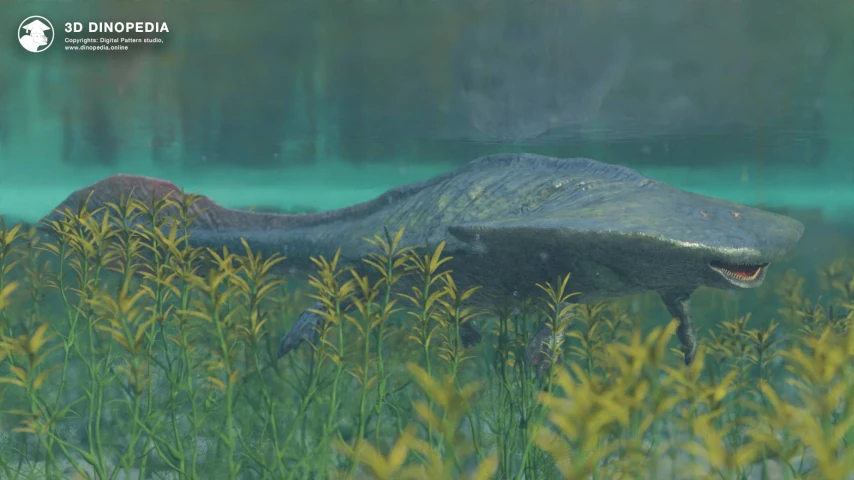
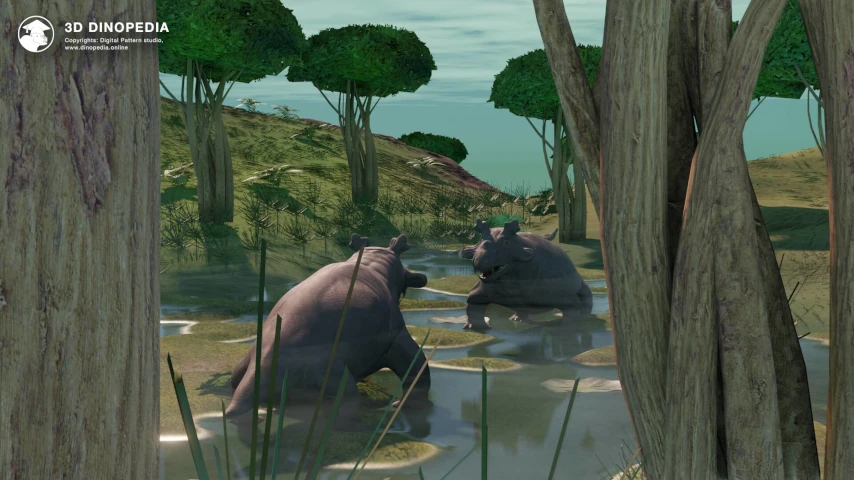
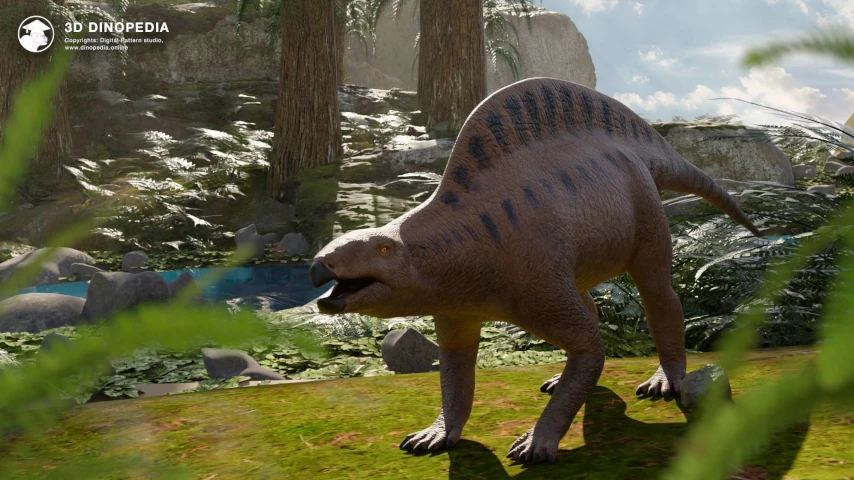

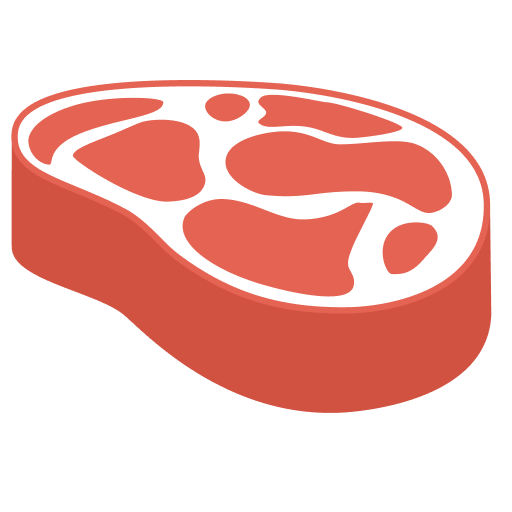
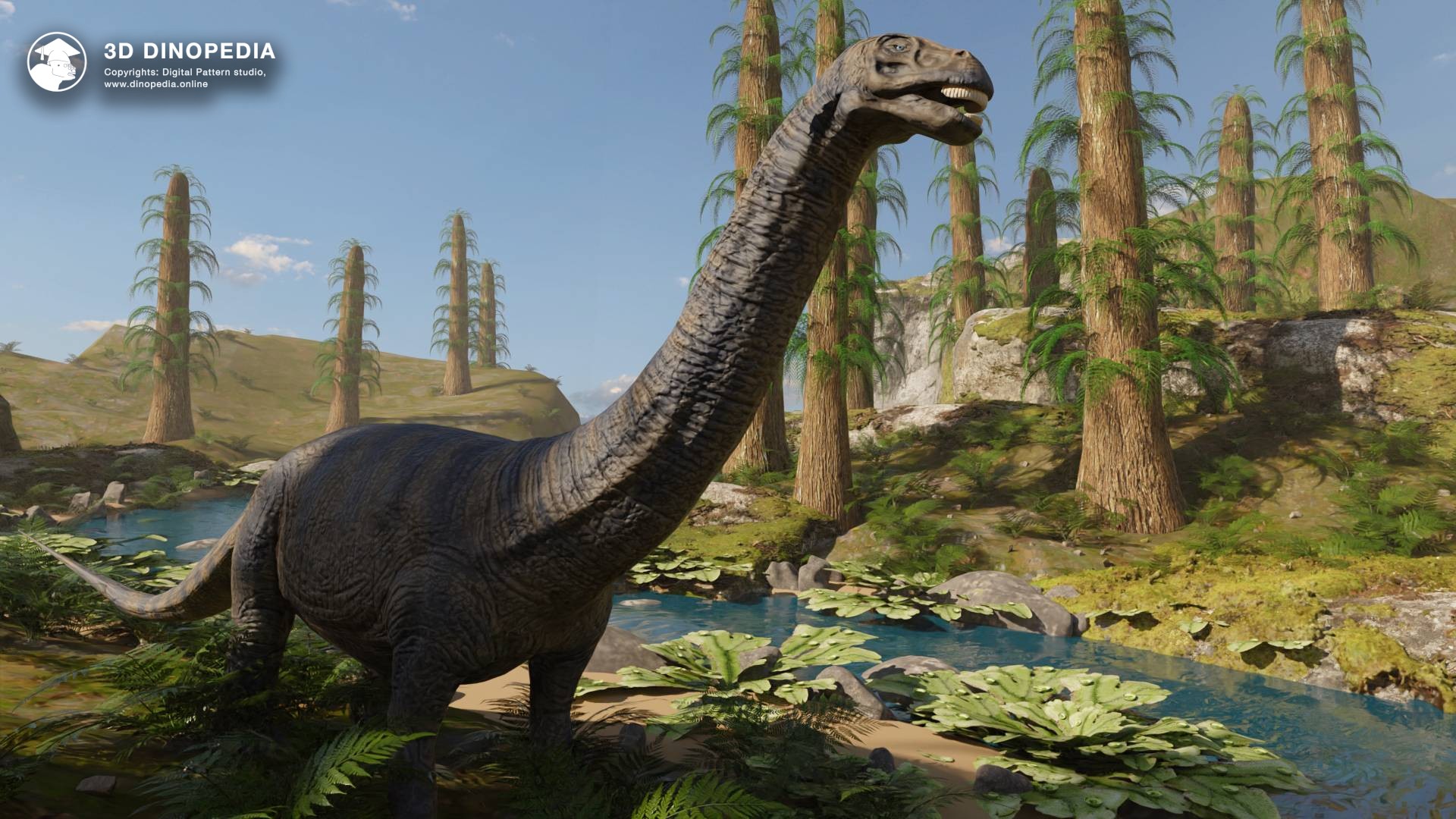

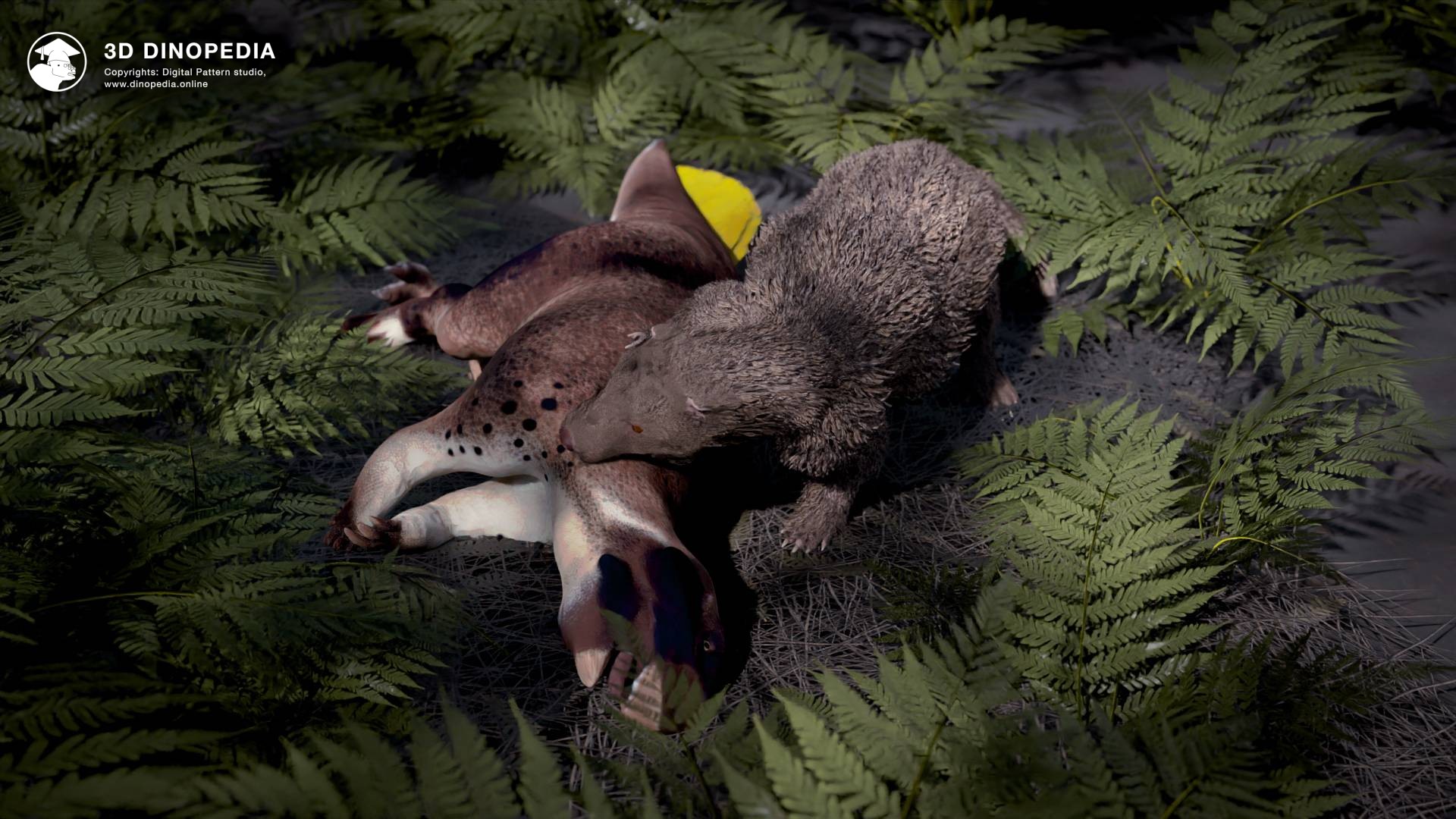

{{ count }} comments
You must login to write a comment